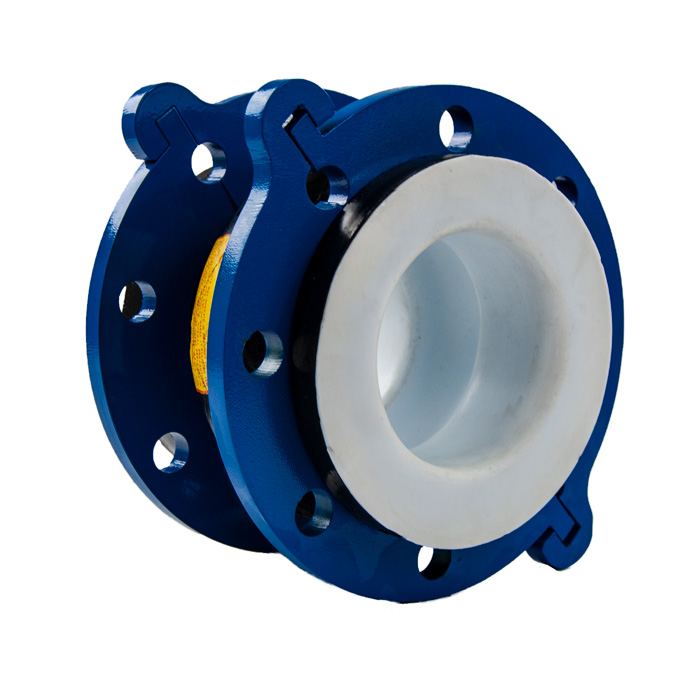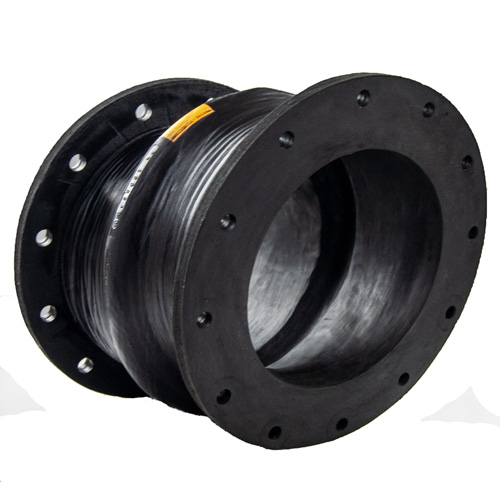Chemical Properties of Polymers Used in Expansion Joints
Kadant Unaflex ’s most diverse and comprehensive product line is rubber expansion joints. Not only are there countless variations of these industry workhorses, including open and filled arches, offsets, and reducers, but there are also several polymer combinations with specific chemical properties to meet the needs of customers. Each polymer has unique qualities that make it best suited for certain applications. Let’s look at some of the most used polymers and their properties.
’s most diverse and comprehensive product line is rubber expansion joints. Not only are there countless variations of these industry workhorses, including open and filled arches, offsets, and reducers, but there are also several polymer combinations with specific chemical properties to meet the needs of customers. Each polymer has unique qualities that make it best suited for certain applications. Let’s look at some of the most used polymers and their properties.
Neoprene
Neoprene is a synthetic rubber produced by the polymerization of chloroprene. Most used in the food and beverage industries, Neoprene is chemically inert. Neoprene is resistant to outdoor conditions such as heat, cold, and ozone. It is also resistant to petroleum products. Neoprene is used offshore as the USCG (United States Coast Guard) standard as well as offshore petroleum applications due to its to oil and outdoor conditions and oil.
EPDM
Ethylene propylene diene monomer, or EPDM, as commonly known, is a synthetic rubber. EPDM is used primarily in chemical plants and water treatment facilities due to its good resistance to heat and diluted acids. EPDM is also widely used in outdoor applications. EPDM can resist abrasion, UV rays ozone, aging, and weather. Functional in temperatures over 250° F (121° C). The biggest drawback to EPDM is the vulnerability to solvents, hydrocarbon oils, and some lubricants.
Nitrile
Nitrile rubber, also known as Buna-N or NBR (nitrile-butadiene rubber), is a synthetic polymer. Nitrile is non-toxic and highly resistant to oil. This resistance to oil makes nitrile a top choice for oil and gas refinery applications. Nitrile has difficulty performing in certain outdoor environments.
Butyl
Like EPDM, wastewater treatment facilities and chemical plants may use butyl as the primary polymer in their expansion joints. Butyl is the only known elastomer that is impervious to gases.
It is the combination of these strengths and weaknesses that make each of these rubber compounds special and useful in expansion joint production. Aside from the chemical and physical properties of the polymers used in expansion joint manufacturing, the most cost-effective solution drives many of the decisions in what polymer is used in each application.